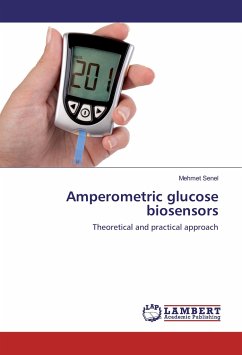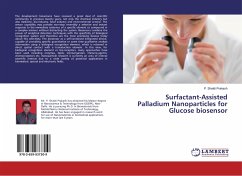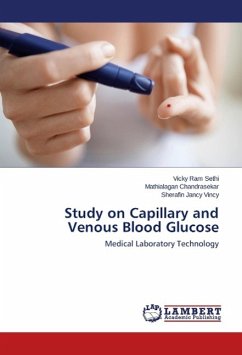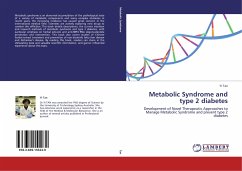The development of glucose biosensors to monitor glucose levels rapidly, accurately and continuously from biological liquids has been extensively studied. The most commonly used glucose biosensor is based on the enzymatic amperometric biosensor. The performance of the enzyme-based biosensors relies heavily on the properties of the supporting materials and immobilization techniques. They should provide a good environment for immobilized biomaterial and should be able to maintain their biological activity. For this purposes, different matrices as support materials and some methods for immobilizing glucose oxidase onto a suitable electrode support were studied in literature. This book provides theoretical and practical knowledge about amperometric glucose biosensors to get new ideas for developing next generation biosensors and could be useful for graduate students.
Bitte wählen Sie Ihr Anliegen aus.
Rechnungen
Retourenschein anfordern
Bestellstatus
Storno








